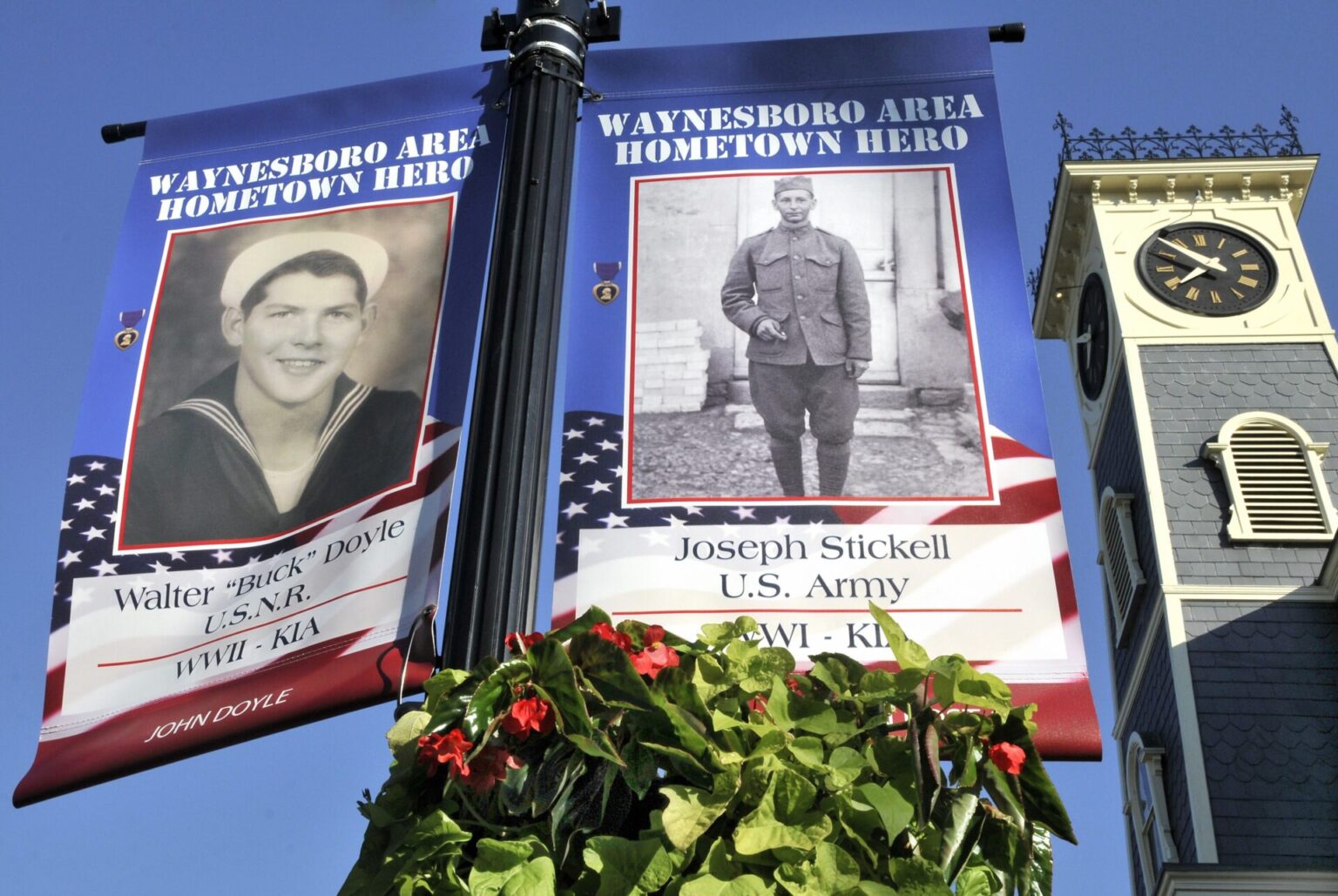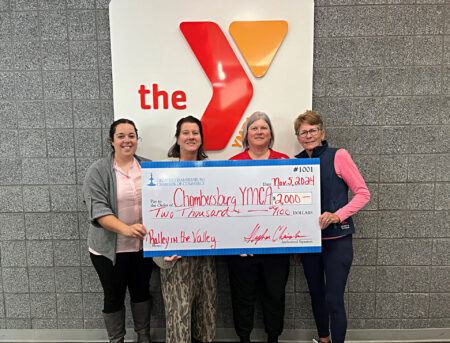A community receives light from its history and is illuminated by remembering it. Waynesboro exhibits a wonderful sensibility to this ideal, expressed by a long tradition of celebrations and honorary endeavors supported by individuals and organizations throughout the Borough.
As Waynesboro enters an unofficial season of remembrance, anchored by bookend parades on Memorial Day and the Fourth of July, its downtown parade route bears witness to a multitude of customs and traditions, as storytelling people and places celebrate accomplishments and recognize sacrifices of its past citizens.
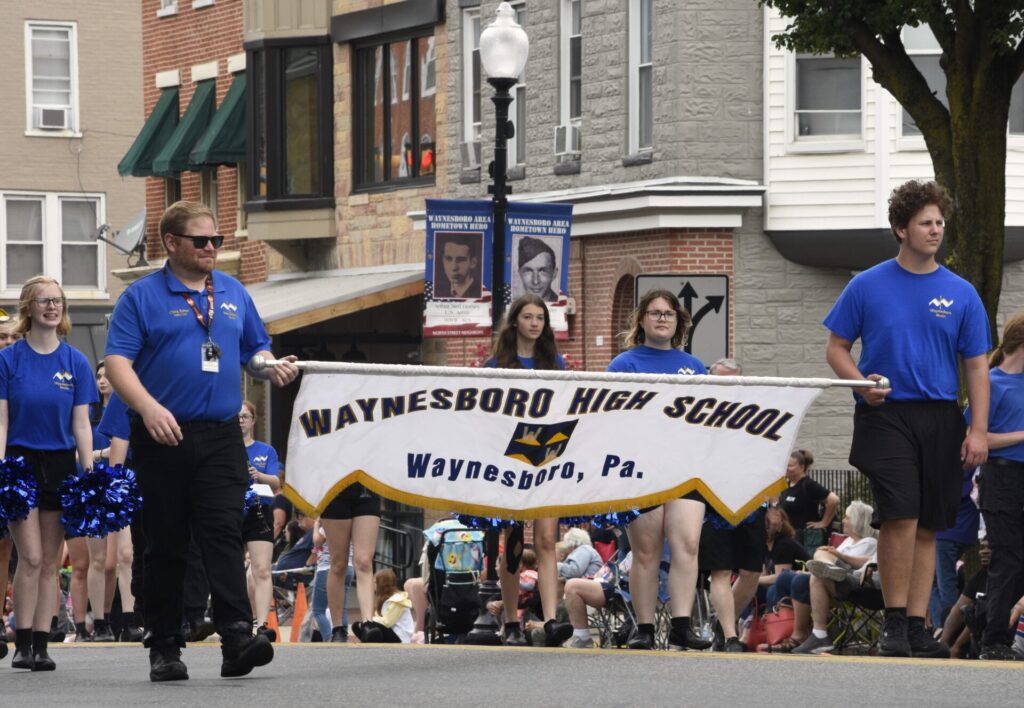
Memorial Day began with devotion to the local men and women who paid the ultimate sacrifice while serving their country. The gratitude felt for their heroic deeds was aptly passed onward by honoring current and former living service members who participated in the annual parade. They traveled down Main Street, beneath the banners of ‘Hometown Heroes’ strung overhead, remembering local veterans who never returned home.
This yearly procession also celebrated the community service and bravery of past and present first responders who protect lives on the local front. Driving past an adoring crowd in their gleaming red fire engines and high-technology vehicles, these men and women inspired respect from adults and awe in children. Little Leaguers ambled alongside in the parade, sporting baseball uniforms but too young to fully comprehend the honor of marching with true-life heroes.
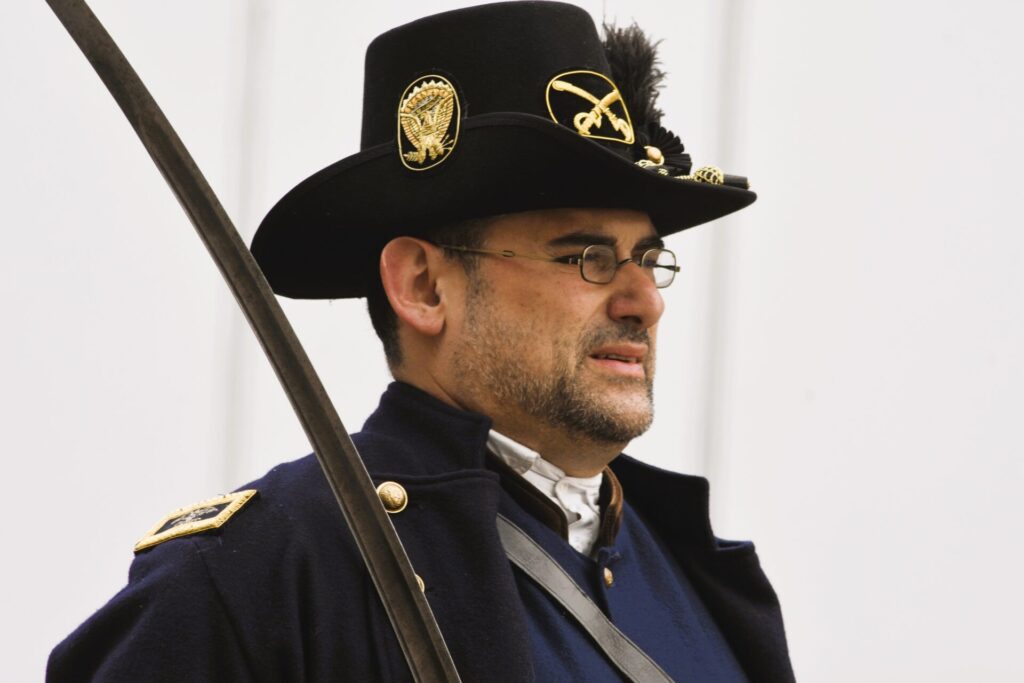
The parade assembled within sight of Waynesboro’s VFW Post 695, perched on a hill along West Main Street. The Veterans of Foreign Wars began its development in 1899 and today has over 5600 posts worldwide. The non-profit group, 1.5 million strong, conducts many veteran programs and pursues legislative advocacy to benefit their members. This Waynesboro chapter was founded in 1945, and the current Post Commander is veteran Robb Sell.
As the parade progressed east along Main, it passed the Oller House, headquarters for the Waynesboro Historical Society. The home was once where Oller family memories were created, but generous owner Rello Oller donated her home to the organization. Today, this lovely red-brick Victorian treasure houses artifacts, documents, and research archives where citizens learn and appreciate the scope of Waynesboro’s history. WHS also host events and preserves two other local properties.
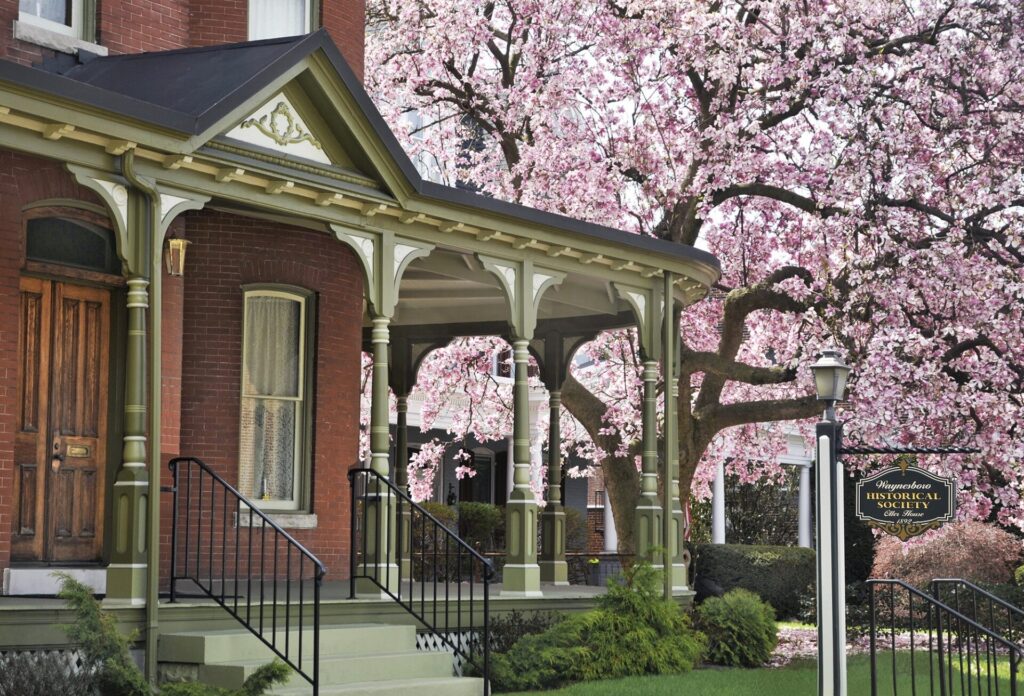
Bricks signify a different purpose at Main Street Park. The community space celebrates events throughout the year, and looking down at artistically arranged pavers, names of loved ones and organizations who shaped Waynesboro’s past are etched into red bricks. The seasonal Farmers Market, which runs Saturdays from 8 am to noon until September 28th, showcases summer’s agricultural bounty and also honors the work ethic of area farmers.

Nearby, the Alexander Hamilton Memorial Free Library (AHMFL) is another haven for remembering Waynesboro’s past. Found in a quiet upstairs space is a local history section equal parts reminiscing spot and thorough research archive. Enlightening books from Waynesboro’s past authors shine a spotlight on major and minor events with anecdotes and genealogy resources from the town’s 1797 founding to present day.
Seen in the library’s extensive collection, Wib Davis was a renowned local writer and journalist with a career spanning a half-century. His beloved ‘Remember When’ columns appeared weekly in the Record Herald during the 1970s, and later were compiled into a keepsake book by the same name. Davis highlighted a gamut of Waynesboro stories from the first streetlight in Waynesboro to the final trolley car trip to Pen Mar Park. Former RH Editor Jess Garber praised the lasting value of Wib’s stories, saying Davis was an icon who both reported and experienced these memorable Waynesboro tales.
Bob Ringer and Carl Besore were two other prominent local storytellers who collaborated on the multi-volume ‘Reflection of the History of Waynesboro Pennsylvania and Vicinity’. Like Davis, Ringer and Besore researched and recaptured tales from a variety of people, places, and events- which they called ‘Reminiscing’. Many of these bygone aspects have disappeared from the local scene- but the duo’s stories are always worth revisiting. Ringer was also known for his impressive photography collection, now preserved and cataloged at the Historic Society.
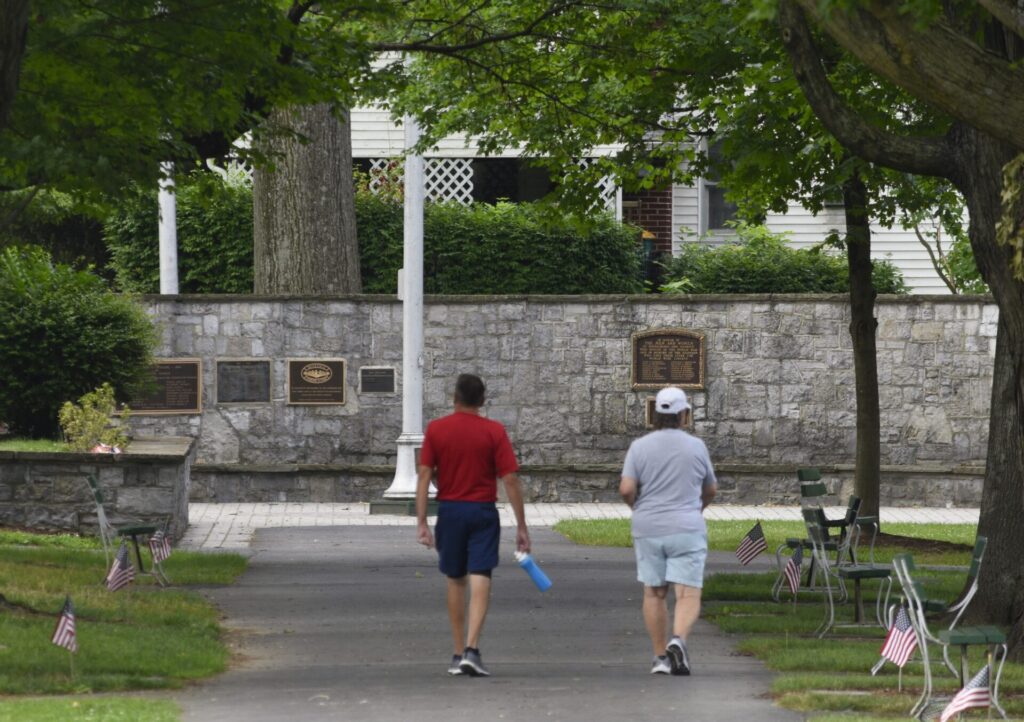
The AHMFL also hosts many other local authors’ works whose pages enlightened community knowledge, including Jacqueline Barlup’s, ‘The Waynesboro Journey’, written to commemorate the town’s 200th birthday in 1997. While Barlup, Ringer, Besore and Davis have passed away, the stories and images they shared live on.
Todd Dorsett, Executive Director of the Antietam Historical Association (AHA) is a contemporary author and downtown resident whose work is housed at AHMFL, as well as available through AHA. His 2012 book, ‘Waynesboro As We Knew It’ is a must read for anyone who loves Waynesboro history. Recently, Dorsett released a new publication titled ‘Sylvester Snyder’s Waynesboro’, a portfolio from an acclaimed local photographer whose classic black-and-white images gracefully depict the community’s mid-1900s era.
A few doors away from the library, the American Legion Post 15 is named in honor of Joe Stickell. Stickell was one of the last World War I soldiers killed during battle in 1918. The following year, the American Legion organization was founded in March, and by June that year, Waynesboro boasted one of its first posts. In 1924, the local group purchased the current property at 63 East Main Street, since improved and modernized. The American Legion is the nation’s largest service organization, providing veteran’s services and student scholarships through their active membership and spirit of volunteerism. Veteran Tim Wolff is Post 15’s Commander.
When this year’s Memorial Day procession took a right turn on Broad Street, it waltzed toward a fitting conclusion a few blocks south. But the upcoming Fourth of July parade will continue on Main Street toward Clayton Avenue. There, at Burns Hill Cemetery, Waynesboro’s most prominent statue looks down on the parade route.
The Soldiers Monument honors those “who so nobly fought during the War of the Rebellion from 1861 to 1865”. The stone figure was dedicated during Waynesboro’s Centennial on September 1, 1897. The local Women’s Relief Corp conceived the handsome sculpture. During the opening ceremony, Pennsylvania’s Governor Hastings offered a friendly greeting to visiting Governor Lowndes of Maryland, a notable gesture between north and south.
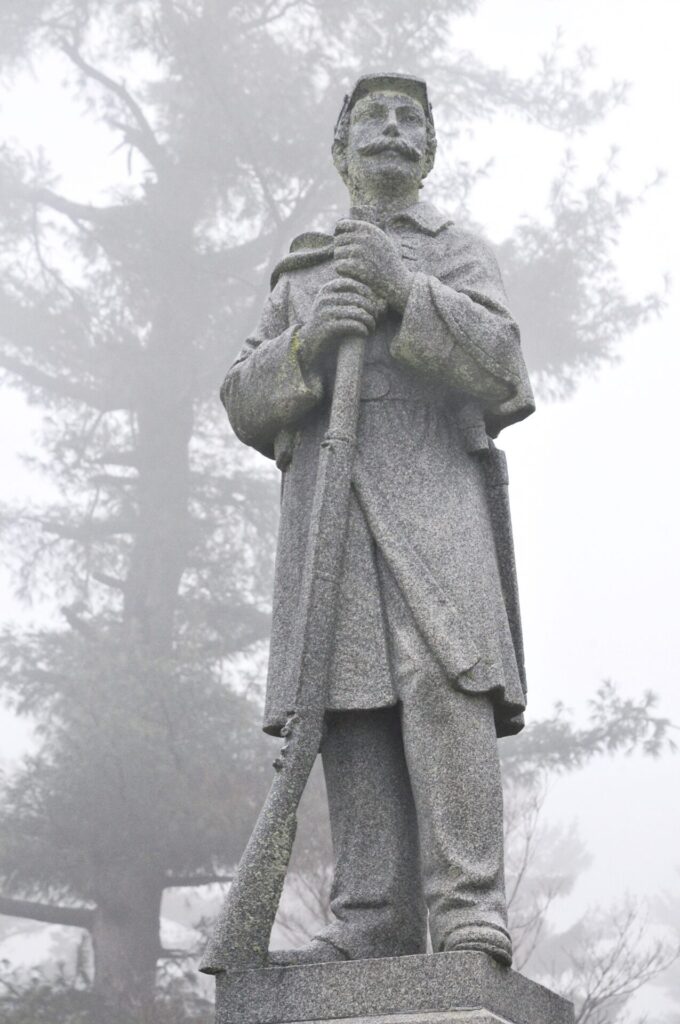
Next month, the 4th parade will end near the Toll Gate House and an old log building that trace back to Waynesboro’s founding days. A historic marker across the street explains Waynesboro’s role in the famous Civil War Gettysburg Campaign.
Returning to the Memorial Day parade route, a three-block stroll down Broad Street brought parade participants to Memorial Park, Waynesboro’s most cherished greenspace. Formerly E.B. Field, the town began planning the park in 1944, enclosing public Antietam Street to form Memorial Mall, a tree-lined pedestrian promenade. Local arborists planted over 100 trees and wise civic leaders decided each one would serve as a living memorial to Waynesboro’s military heroes.
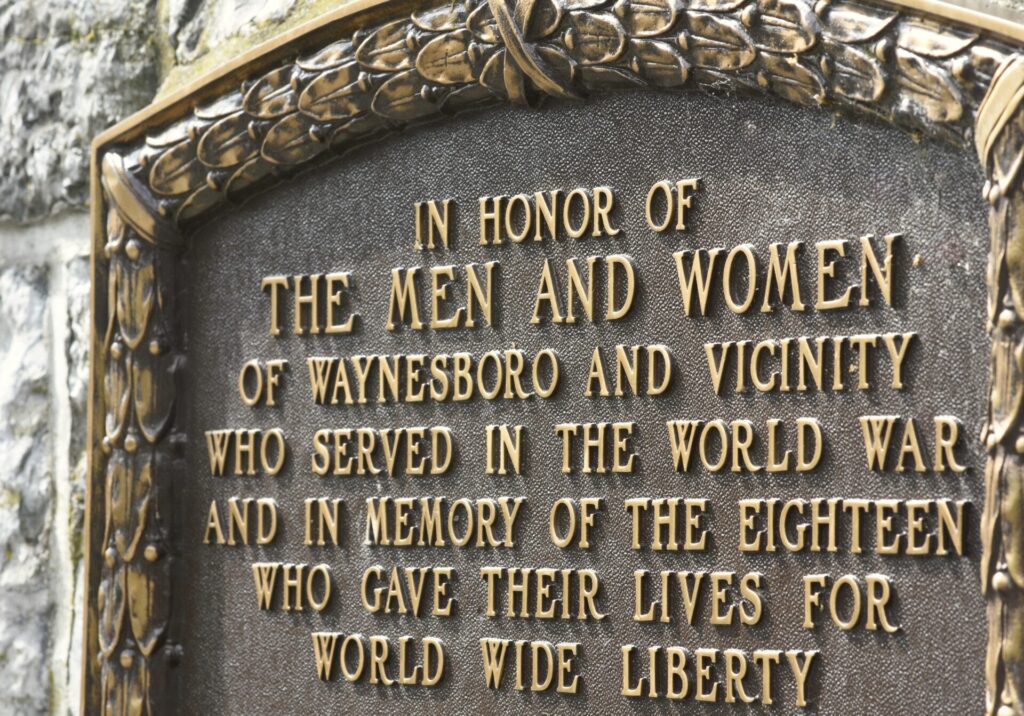
In 1949, the local Elks Lodge erected the Memorial Retreat plaza inside the park. Mounted on a curved stone wall, ten bronze plaques honor service members from all major American wars from the Revolution to the War in Afghanistan. These tributes convey community pride and respect for veterans’ non-stop dedication to duty. The Memorial Day Parade appropriately ends at this plaza with speeches by local dignitaries and patriotic music.
Eighty years after it was started, Memorial Park’s oak, maple, tulip, and sweet gum trees have blossomed into mature species and provide welcome summer shade for walkers or baseball fans. Stone tablets anchor these trees. They’re carved with local military members’ names and adorned with a miniature American flag. In Waynesboro, even trees inspire memories.
For local citizens who want to perpetuate this legacy of remembrance, the organizations mentioned earlier welcome participation in their programs and events. Both the Waynesboro Historical Society (717-762-1747, waynesborohistory.com) and the Antietam Historical Association (717-762-2006, antietamhistory.org) encourage new membership, as does the Alexander Hamilton Memorial Free Library (717-762-3335, ahmfl.org).
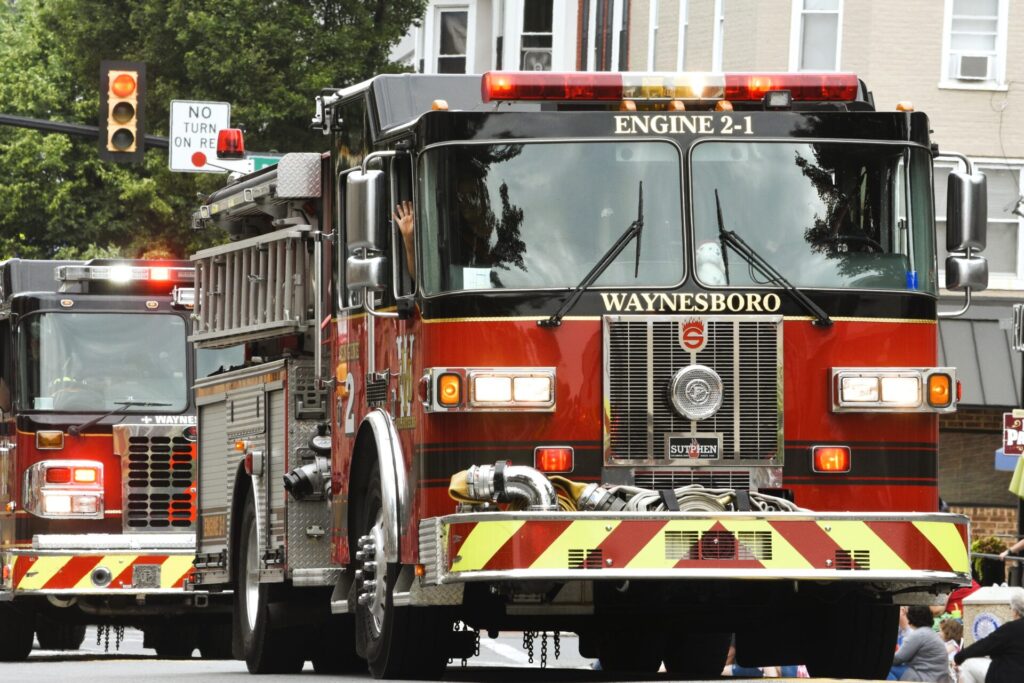
Qualified service members and their family members may join the VFW or American Legion. Both organizations sponsor countless charitable deeds by utilizing their social network of volunteers. The Legion will host a blood drive on Thursday, June 6th from 11:30 am to 6 pm.
Mainstreet Waynesboro (717-762-0397, mainstreetwaynesboro.org) continuously honors local service members with proud banners that hang on Main Street lampposts during the autumn Veterans Day period, and also offer personalized memorial pavers at Main Street Park. Call or go online for more details about ordering these honorary tributes, or for a schedule of upcoming events. The Main Street Waynesboro organization also plays a significant role in exciting new downtown development projects.
As summer begins and new memories are made, Waynesboro cherishes the present, while preparing for the future. But along the traditional parade route in a charming downtown, look up, look down, and explore many inspiring places and symbols that prove Waynesboro basks in the light of its local history.



